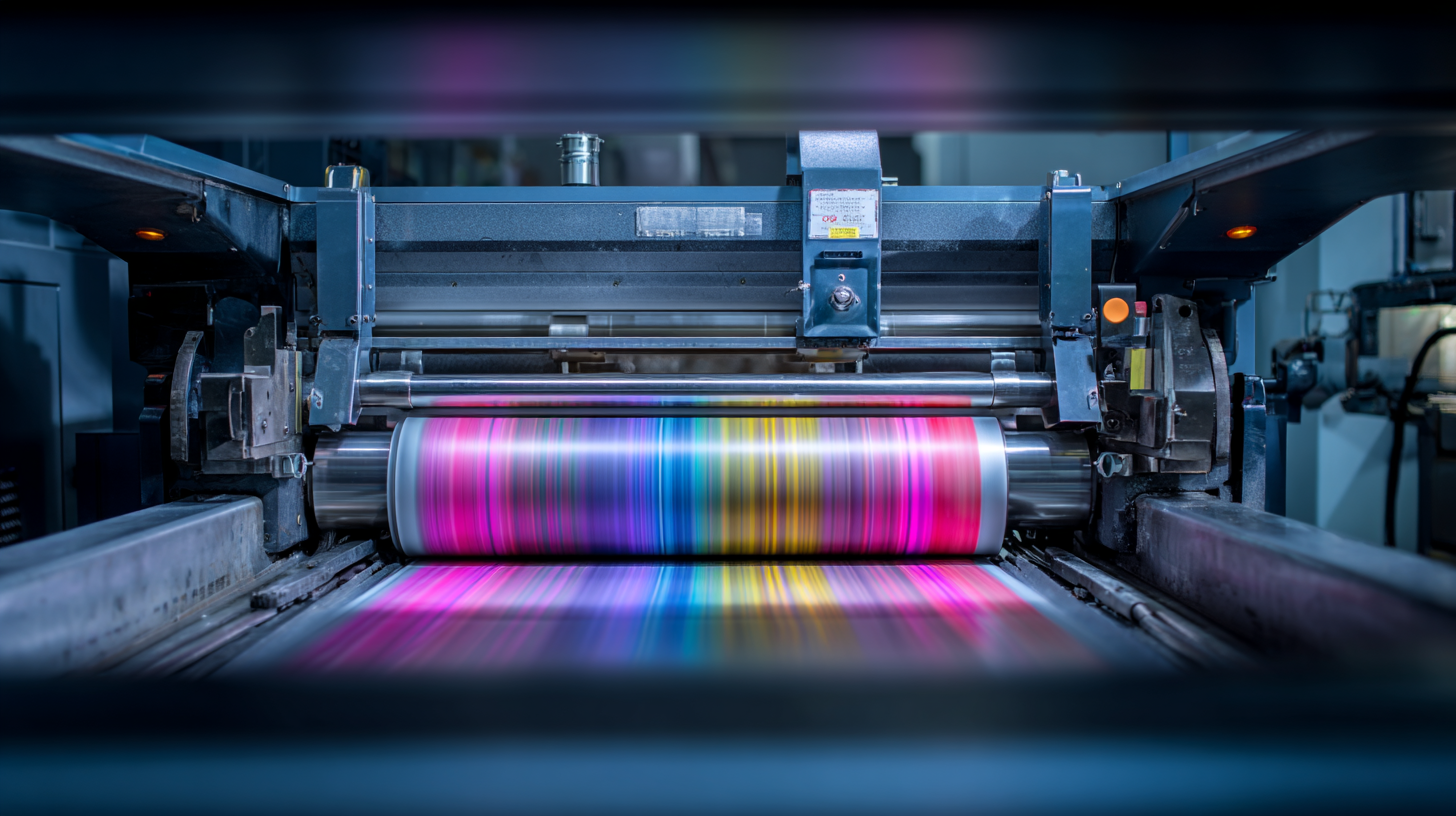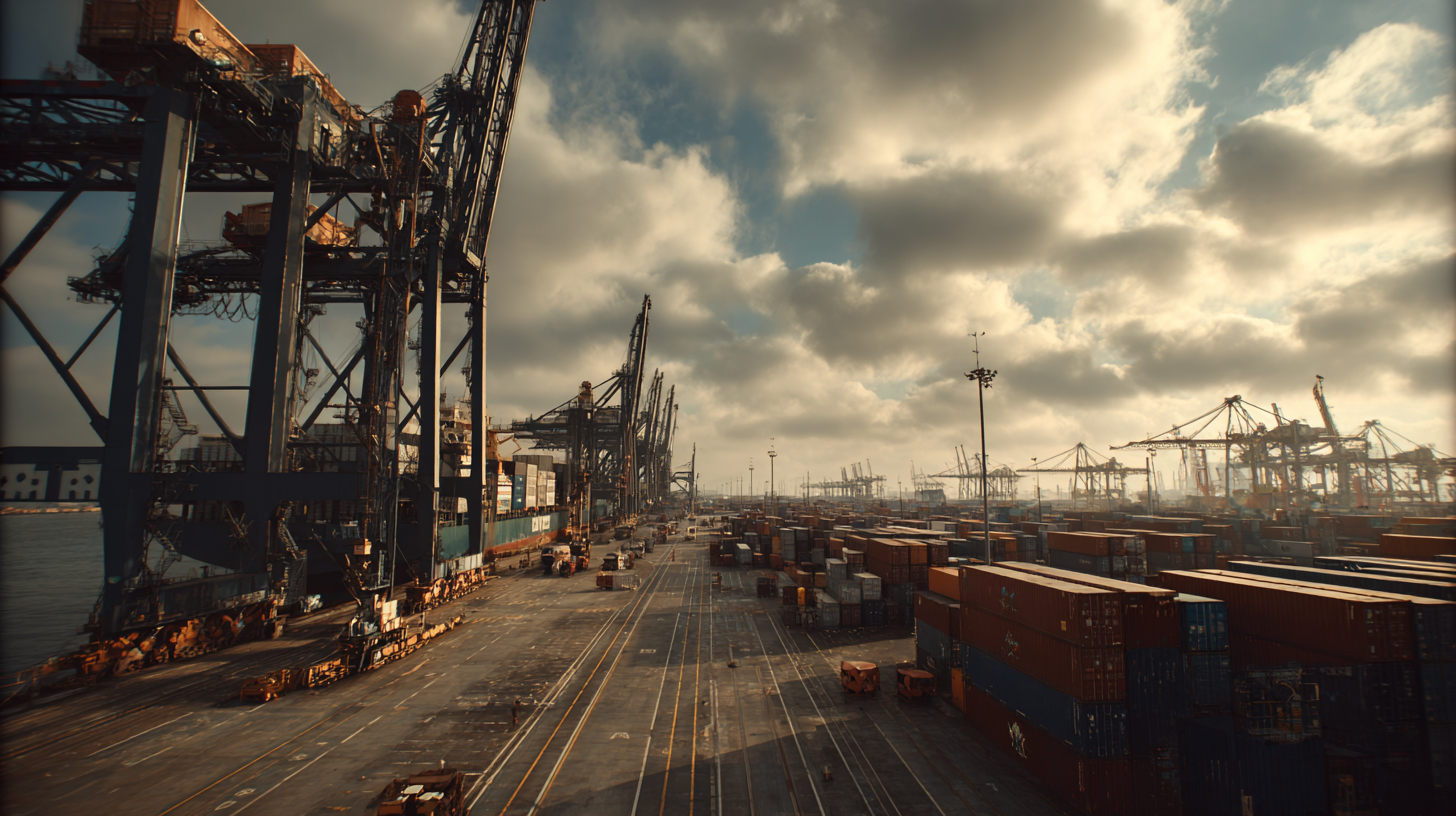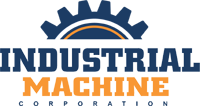Unlocking the Best Production Machine Technical Specifications and How to Maximize Efficiency
In the rapidly evolving manufacturing landscape, understanding the intricacies of production machines is vital for achieving optimal efficiency and competitiveness. This blog delves into the essential technical specifications of production machines, focusing on how businesses can leverage these details to enhance their operational performance. We will explore the critical aspects of industry import and export certifications that govern the production machine landscape, ensuring compliance while maximizing productivity. By unlocking the best practices tied to machine specifications and certification requirements, manufacturers can not only streamline their processes but also innovate and adapt to market demands effectively. Join us as we uncover the secrets behind maximizing the efficiency of production machines in today’s dynamic industry.

Understanding the Critical Technical Specifications of Production Machines
When evaluating production machines, understanding critical technical specifications is essential for optimizing performance and efficiency. Key specifications such as throughput, operating speed, and energy consumption are vital metrics that influence productivity. According to the Industry Manufacturing Statistics Report (2022), firms that efficiently utilize machines with a high throughput capacity can achieve up to a 20% increase in overall production volume. Having the right balance of speed and output is crucial; machines that operate at optimum speeds can reduce cycle times significantly, enhancing the overall workflow.

Moreover, energy efficiency is becoming increasingly important in production settings. According to the Energy Efficiency in Manufacturing Report (2023), implementing machines with lower energy consumption can lead to savings of up to 30% on operational costs over time. The integration of modern technology, such as smart sensors and IoT devices, allows production machines to adapt in real-time, optimizing their operations based on real-world conditions. By focusing on these critical specifications, manufacturers can not only improve output and reduce costs but also align with sustainability goals and regulatory standards, ensuring their competitiveness in the market.
Key Features that Enhance the Efficiency of Manufacturing Processes
Maximizing efficiency in manufacturing processes requires a deep understanding of the technical specifications of production machines. One key feature that enhances efficiency is the machine's automation capabilities. Automated systems reduce human error, increase production speed, and enable 24/7 operations without fatigue. By investing in machines equipped with advanced robotics and smart technologies, manufacturers can streamline workflows and significantly boost output.
Another essential feature is the integration of real-time monitoring systems. These systems collect data on machine performance, enabling managers to identify bottlenecks and optimize operations on the fly. With predictive maintenance capabilities, manufacturers can anticipate equipment failures before they occur, minimizing downtime and ensuring a more continuous flow of production. Additionally, machines equipped with energy-efficient technologies help reduce costs and contribute to sustainability efforts by lowering energy consumption.
Finally, user-friendly interfaces and adaptable designs are vital for maximizing productivity. Machines that are easy to operate require less training time for employees, while modular designs allow for quick adjustments to accommodate different products or production runs. By focusing on these key features, manufacturers can unlock the full potential of their production machinery, leading to improved efficiency and profitability.
Unlocking the Best Production Machine Technical Specifications and How to Maximize Efficiency - Key Features that Enhance the Efficiency of Manufacturing Processes
| Machine Type | Power (kW) | Production Rate (units/hour) | Max Operating Temperature (°C) | Efficiency (%) | Features |
|---|---|---|---|---|---|
| CNC Machine | 15 | 50 | 200 | 85 | Automatic Tool Changing, Real-time Monitoring |
| Injection Molding Machine | 20 | 40 | 220 | 90 | Multi-shot Capability, Energy Recovery System |
| 3D Printer | 2 | 10 | 60 | 75 | Dual Extrusion, Heated Bed |
| Laser Cutting Machine | 10 | 30 | 150 | 80 | Auto Focus, Vortex Cooling |
China's Manufacturing Excellence: A Commitment to Quality Standards
China's manufacturing sector has long been synonymous with excellence, driven by a steadfast commitment to quality standards that sets it apart on the global stage. As the industry evolves, Chinese manufacturers are increasingly integrating advanced technologies and lean practices to enhance productivity. This focus not only fortifies their reputation but also ensures that products meet rigorous international quality benchmarks, making them competitive in a rapidly changing market.
In the quest for manufacturing excellence, companies are investing heavily in both human capital and technical innovation. Training programs aimed at upskilling workers, combined with the implementation of sophisticated machinery, create an environment where precision and efficiency thrive. This dual approach not only maximizes productivity but also minimizes waste, allowing manufacturers to deliver high-quality products consistently. By adhering to stringent quality standards and continuously improving processes, Chinese manufacturers are not just participants in the global market; they are shaping the future of manufacturing itself.
Production Machine Efficiency Analysis
Strategies for Maximizing Production Machine Performance
To maximize the performance of production machines, understanding their technical specifications is crucial. One effective strategy is to regularly conduct routine maintenance. This involves checking for wear and tear, ensuring all parts are functioning optimally, and replacing any components that may hinder performance. A well-maintained machine not only operates more efficiently but also extends its lifespan, leading to reduced downtime and cost savings.

Another strategy is to utilize advanced monitoring technologies that provide real-time data on machine performance. By implementing predictive analytics, operators can identify potential issues before they become critical, allowing for proactive adjustments. Additionally, training staff on the latest technologies and best practices ensures that operators can fully leverage the capabilities of the machines. Encouraging a culture of continuous improvement can also unlock further efficiencies, enabling teams to discover new ways to optimize production processes.
Leveraging Technology for Enhanced Manufacturing Efficiency in China
The manufacturing landscape in China is undergoing a significant transformation, driven by advancements in technology such as artificial intelligence (AI) and the Internet of Things (IoT). By leveraging these innovations, companies can enhance their operational efficiency and sustainability. The successful integration of digital tools not only optimizes production processes but also aligns with global trends towards eco-friendly practices. As China pursues its 2025 blueprint for sustainable innovation, manufacturers are increasingly investing in AI-driven solutions that promote environmental, social, and governance (ESG) performance.
Moreover, the focus on building a robust intelligent foundation for the manufacturing sector is paramount. By adopting industrial digital intelligence, companies can streamline their operations, reduce waste, and improve overall productivity. This evolution is not merely about keeping pace with technological advancements; it represents a strategic shift towards a more sustainable and resilient manufacturing ecosystem. As industries embrace these changes, they not only enhance their competitiveness but also contribute to the broader goal of sustainable development, setting a benchmark for other nations to follow.
